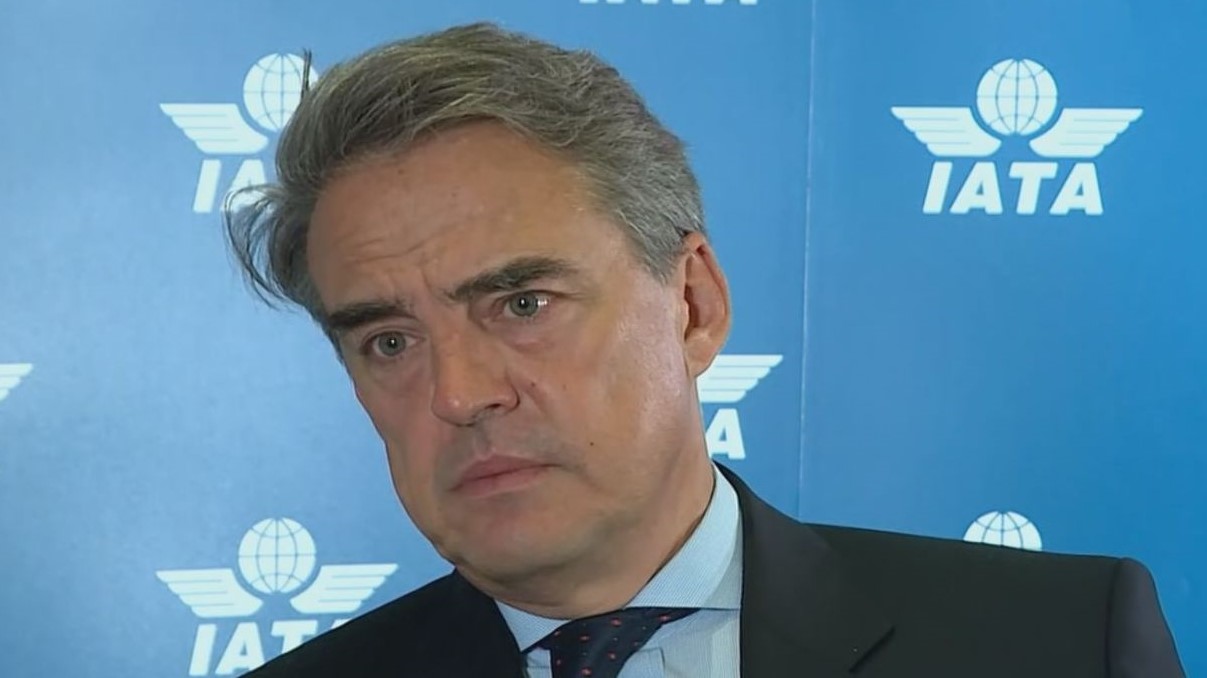Air cargo figures show decline of nearly 3%
IATA says the trend “is clearly downwards” as volumes sit close to 3% below the peak of August 2018. Barriers to trade need addressing to help stem the rising tide of challenges facing air freight, the International Air Transport Association (IATA) has said.
Announcing the latest figures for air cargo demand, IATA Director General and CEO Alexandre de Juniac said the increasingly negative trend provides a “challenging” year ahead for the industry. Freight demand, measured in freight tonne kilometers (FTKs), fell by 4.7% in April year-on-year, continuing a negative trend that began in January.
Global trade is weakening due to trade tension conflicts and rising cost input
“April saw a sharp decline in air cargo growth and the trend is clearly negative this year,” said Alexandre de Juniac, IATA’s Director General and CEO. “Cost inputs are rising, trade tensions are affecting confidence, and global trade is weakening. Airlines are adjusting their capacity growth to try and fall into line with the dip in global trade since the end of 2018.
“It all adds up to a challenging year ahead for the cargo business. Governments should respond by easing trade barriers in order to drive economic activity.” Capacity, measured in available freight tonne kilometers, grew by 2.6% compared to April 2018. It is the 12 consecutive month that capacity growth has outstripped demand.
Bad timing of European Eastern holidays and Chinese New Year influence air cargo volumes.
According to IATA, the timings of Chinese New Year and Easter have played a part in volatile air cargo volumes this year, but the organisation said the trend “is clearly downwards” as volumes sit close to 3% below the peak of August 2018.
Brexit and the US-China trade wars are also contributing to declining export orders, with IATA expecting the weakness to continue and lead to further “subdued” growth in the months ahead.







